William Hagenbuck: From Soldier To Entrepreneur
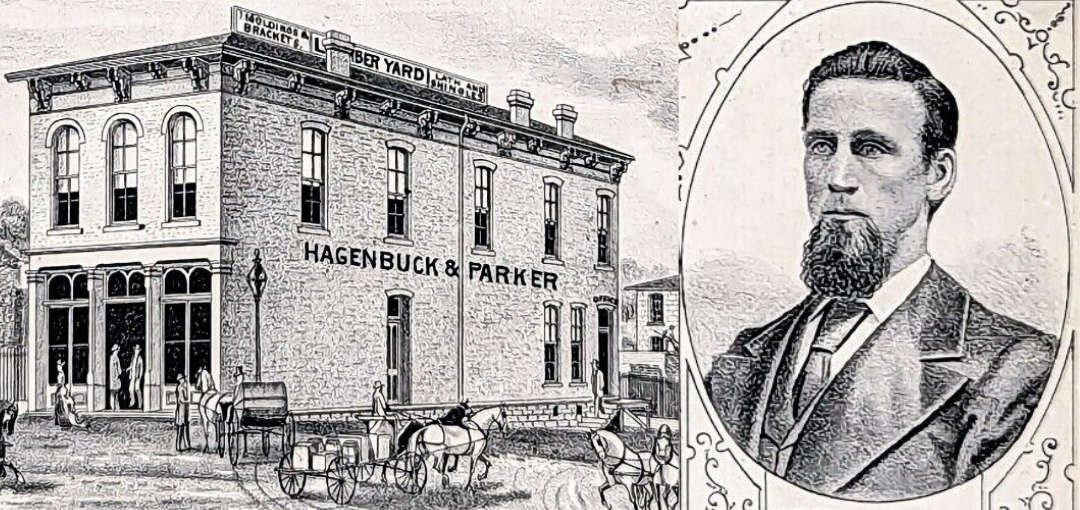
It is well documented that the Hagenbuch name changed in spelling and pronunciation as family members moved west. For instance, at least one group of relatives was using “Hagenbuck” by the 1840s. These individuals were descended from Henry Hagenbuch (b. 1737) and migrated from Pennsylvania to Indiana during the 1830s.
William Hagenbuck was born on January 26, 1846 in La Porte, Indiana to William Hagenbuck (b. 1809) and Harriet (Hughes) Hagenbuck (b. 1813). He had six siblings: Henry (b. 1833), Martha (b. 1836), Joseph (b. 1840), Mary Ann (b. 1843), Charles (b. 1848), and Ellis (b. 1851). William’s family line is as follows: Andreas (b. 1715) > Henry (b. 1737) > Joseph (b. 1778) > William (b. 1809) > William (b. 1846).
As a boy, William attended school and worked on his parents’ farm. He also learned woodworking from his father, who had a small business manufacturing window sashes—the frame that holds together the glass panes. Between 1863 and 1864, while the American Civil War raged, William was enrolled in preparatory school at Earlham College in Richmond, IN. As soon as he was old enough to enlist in the Union Army, he joined the Company B of the 138th Indiana Infantry Regiment. They mustered into service on May 17, 1864.
Soldiers of the 138th Regiment were recruited as part of the Hundred Days Men. These troops were lightly trained and served as laborers or guards for a period of 100 days. Their presence freed veteran soldiers from routine tasks, enabling the more experienced men to move to the front lines of the war. The 138th mustered out on September 22, 1864.
After his brief stint as a soldier, William briefly returned home to La Porte and then relocated about 70 miles south to Logansport, Cass County, IN. On November 17, 1865, he married Mary F. Huffman of Ohio. Her family had moved to Indiana in the 1850s. According to the 1870 census, William found work at a factory specializing in planing and bending wood. Here, employees cut and planed rough lumber into finished boards. Steam was then used to bend boards into curved shapes, such as for furniture.
In the History of Cass County, Indiana, Thomas B. Helm described how in 1871 William Hagenbuck went into business with Ezra T. Parker (b. 1837). At first, the two men bent lumber for carriages and made wooden moldings for homes. By 1878, their operation had significantly expanded, and they had moved their offices to a two-story, stone building at the corner of Spencer and Berkley Streets in Logansport. The property include a sizable lumberyard and woodworking facility.
An atlas of Cass County, IN that was published by Kingman Brothers in 1878 provides illustrations of Hagenbuck and Parker’s operation. It describes how they sold rough and dressed lumber, as well as manufactured moldings, brackets, balusters, lath, shingles, sashes, doors, blinds. All told, the business appears to have a been a profitable endeavor, one that earned William enough money to buy a handsome home in Logansport.
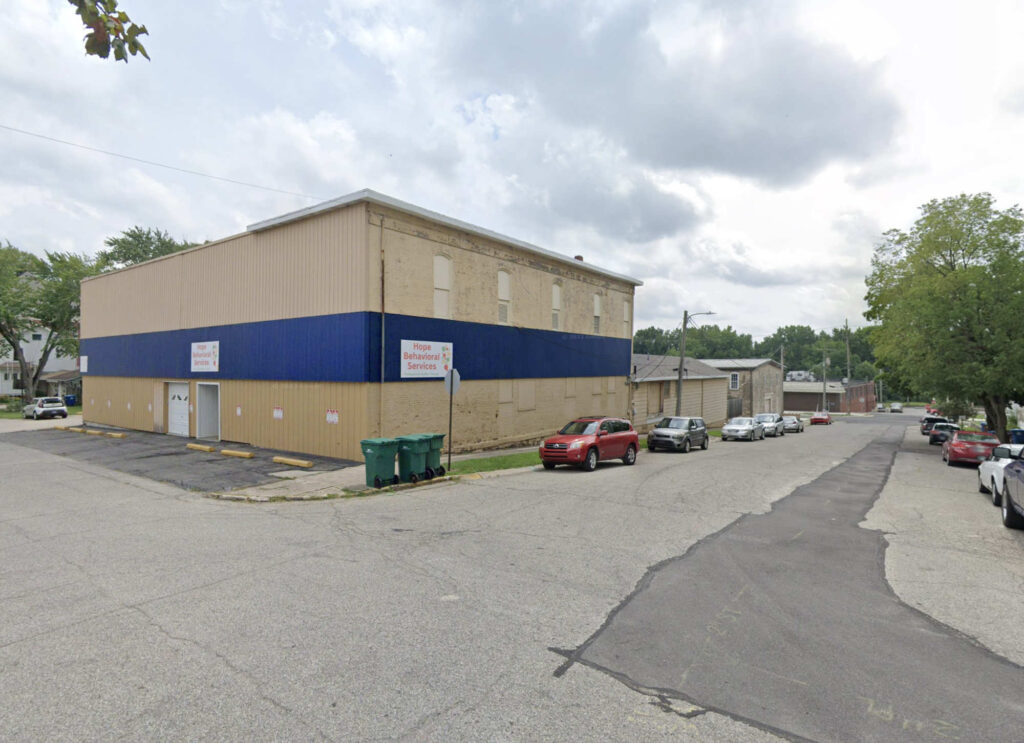
The location in Logansport, IN where the business Hagenbuck & Parker once stood. Credit: Google Maps
William and Mary (Huffman) Hagenbuck raised a family of four children: Freddie M. (b. 1868, d. 1878), Harry Laponte (b. 1872, d. 1938, m.1. Minnie Hill, m.2. Olive Whiting), Earl Olin (b. 1875, d. 1952, m.1. Emma Gertrude Burkitz, m.2. Anna Laura Hawkins), and Cora Belle (b. 1885, d. 1962, m.1. Samuel Clifton Stephens, m.2. John W. Jordan). It is worth nothing that William’s son, Harry, was featured in a previous article about his elopement with Minnie Hill in 1892.
Ever the entrepreneur, William Hagenbuck dabbled in several additional business ventures. The 1900 census reveals that he speculated on real estate. Newspapers record that he bought land in the nearby boom town of Gas City, IN and then sold lots to the residents who moved there. Gas City was originally known as Harrisburg. In 1887, natural gas was discovered near the town, and it was renamed Gas City. Over the next decade, over 3,000 people relocated to the locale.
William also appears to have been involved with oil drilling. An 1897 newspaper article suggests that he was part of the Logansport Oil Company, which leased land from Indiana farmers and searched for petroleum beneath their fields. By 1910, William had wrapped up his various operations and, according to the census, was comfortably retired. Around 1913, he and his wife moved to Los Angeles, California with their daughter, daughter, Cora Belle, and son-in-law, Samuel Clifton Stephens.
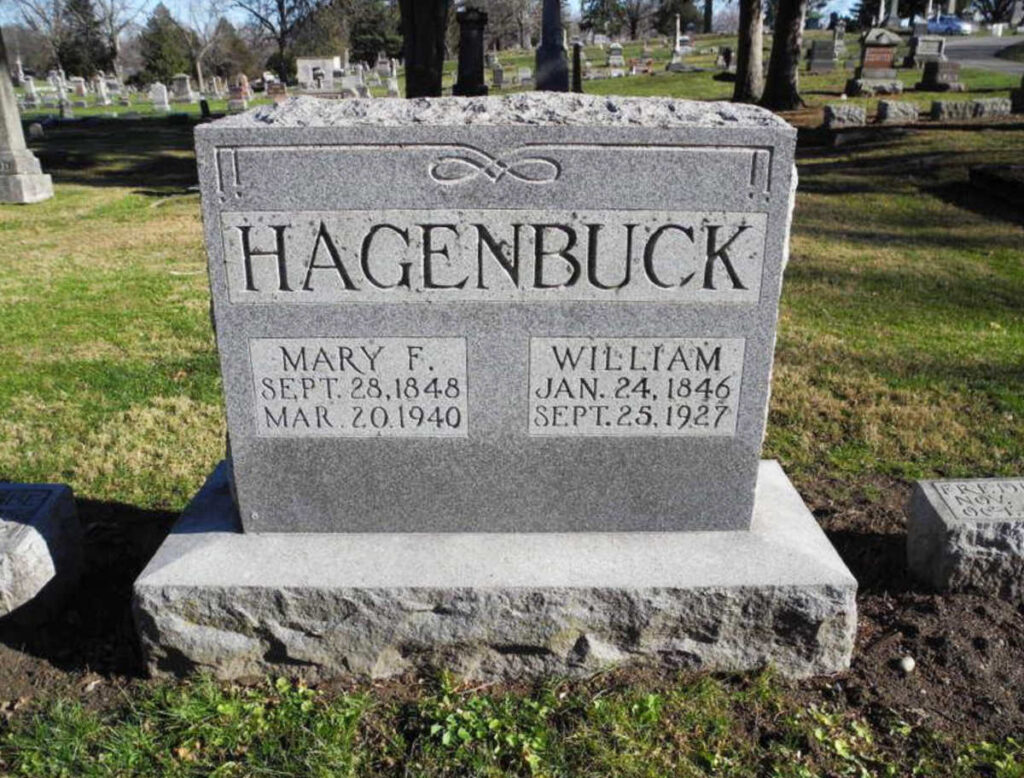
Gravestone for William and Mary (Huffman) Hagenbuck in Mount Hope Cemetery, Logansport, IN. Credit: Findagrave.com/aylaeh
William Hagenbuck died on September 25, 1927 in Los Angeles, CA. His body was returned to Indiana, and he was buried alongside other family members at Mount Hope Cemetery in Logansport, IN. His wife, Mary, continued to live with her daughter, Cora. Mary (Huffman) Hagenbuck died on March 20, 1940 and was buried with William in Logansport.
One of the many things I enjoy about working on genealogy is shining a light on some forgotten corner of our family. During his lifetime, William Hagenbuck made notable contributions to the community of Logansport by raising a family there and starting several businesses. His story also helps to highlight the growth of the United States from an agrarian economy to a more industrialized one after the Civil War.

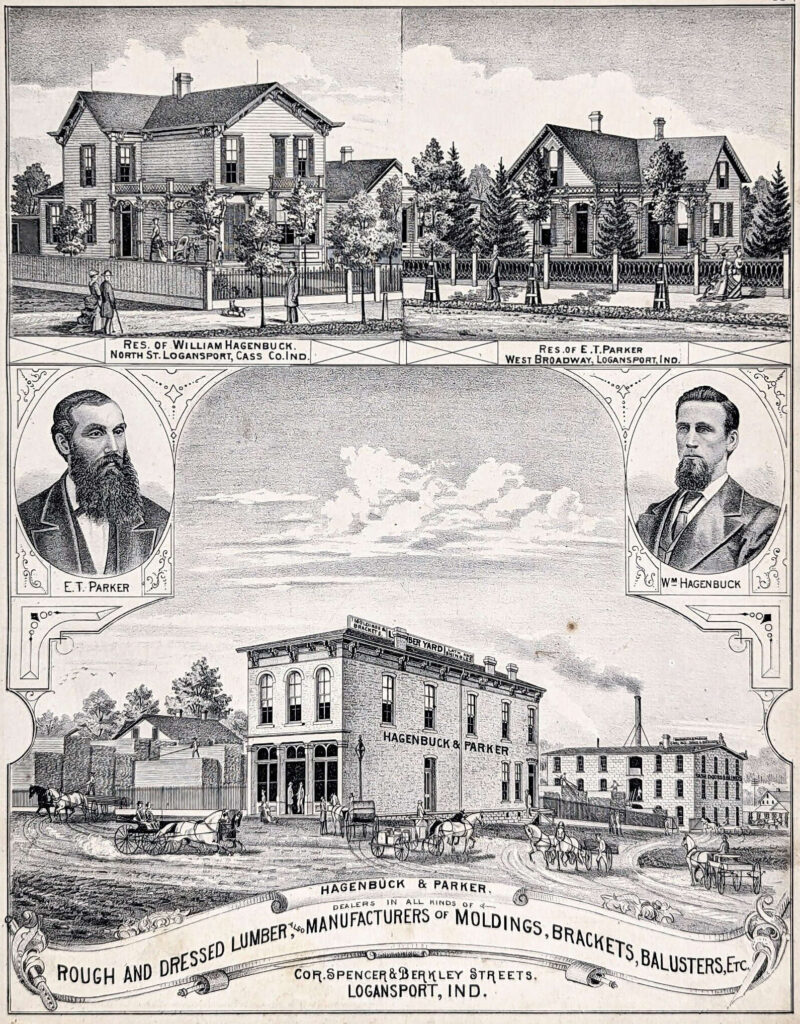
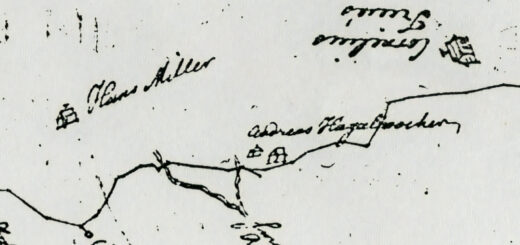
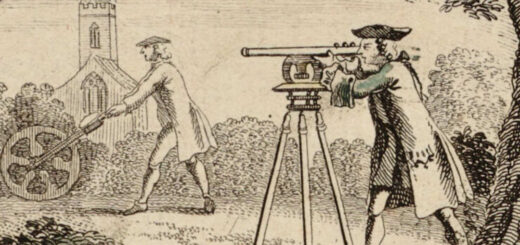
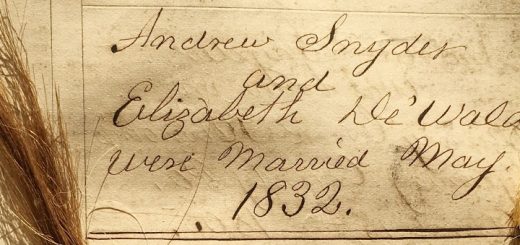













This is very interesting , Andrew . Something that I found fascinating is that Mary Huffman married William Hagenbuck , where in my life , Barbara Hagenbuch married Samuel T Huffman !!
Just trying a little humor there . I wonder who Mary Huffman was ?
Thanks, Aunt Barb! I haven’t researched her much, but I do know she was born in Ohio. Her father was Andrew J. Huffman and her mother Amanda (according to the 1850 census). They were from Ohio and lived not far from Dayton for awhile. Andrew Huffman worked as a blacksmith and a farmer. Looks like the family was in Logansport, IN by 1860. So it seems William Hagenbuck met Mary there!